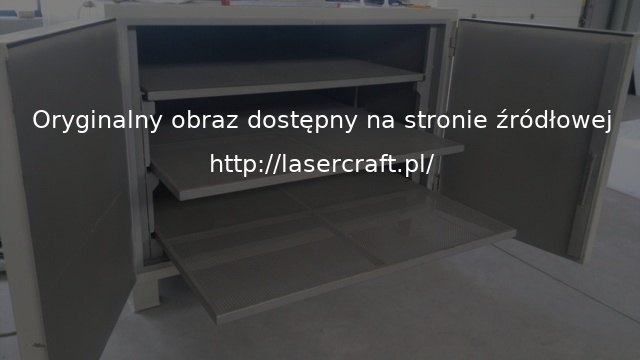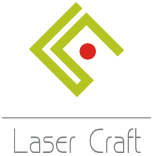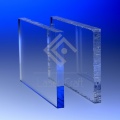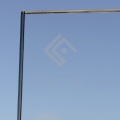Relaxation
|
Temperature relaxation consists in exposing the material to an appropriately high temperature for a specified time and cooling it down at an appropriate speed. Like any other synthetic materials have internal stresses that were induced during production process, e.g. plexiglass extrusion. However, the greatest stresses are induced on the edge during laser cutting, machining, fire polishing and bending, where the material is overheated. Usually, it results in cracks that may become visible any time after stress inducing operation. It may take days, months or even years before the cracks are visible. The problem can be remedied through relaxation annealing which causes the stresses induced during production or machining to relax. Annealing extends the product life. It becomes especially important in the case of contact between a finished product and glue, solvent, alcohol etc. These substances cause the stresses to relax immediately and rapidly, which results in a dense net of cracks. Our heating chamber with capacity of three cubical meters allows for annealing a large batch of material at once, which reduces unitary cost. The knowledge of synthetics enables determining required time and the temperature appropriate for different kinds of synthetic materials.
|
|
Relaxation ensures:
Technical parameters:
|
 |















